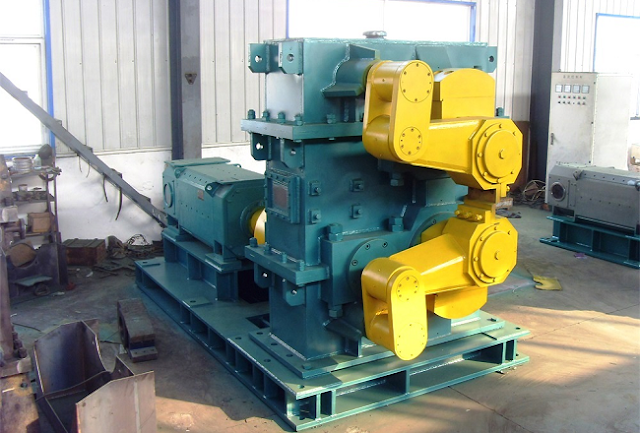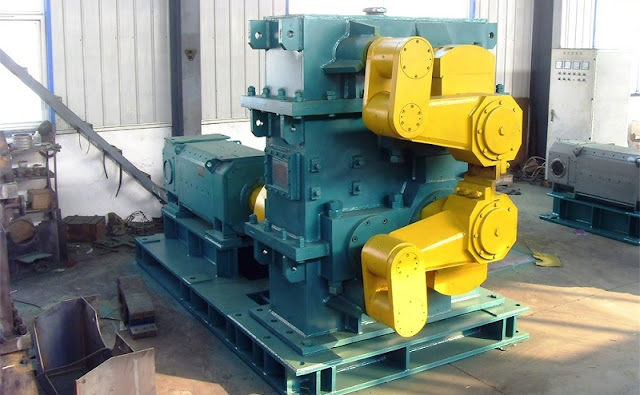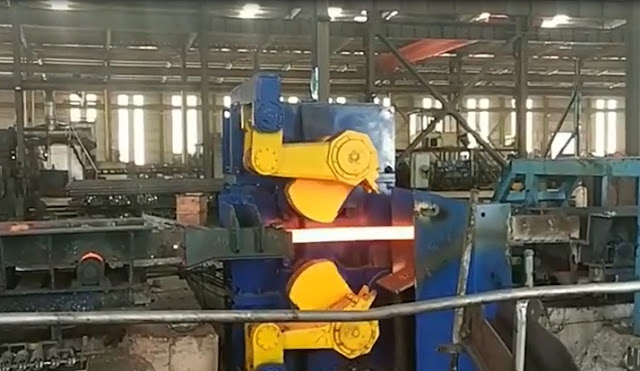The Structure Of Flying Shear
With rolling continuous, high-speed, highly developed degree of automation, flying shear has become a continuous rolling lone indispensable equipment, mainly for hot-rolled and cold-rolled unit length, cutting head, cut tail, cut the sample as well as incident handling, including cold-rolled strip steel drum flying shear, generally arranged before the winding machine, cutting the strip, for sub-volume ….
As key equipment Rolling Integral continuous production line, support roller bear products at the online clipboard with curly taken to task. Acid rolling mill output of up to 500,000 yuan / h, whether the normal operation of the shears, directly determine whether the normal capacity of the entire line of play.
A steel rolling mill in 420 acid production early l 998 in the first half, frequently appeared on the shears can not cut the strip normal phenomenon, causing huge economic losses.
With a flying shear structure, the drum-type mill bearing, generally composed of three parts flying shear body gear and equipment lubrication piping, whose chassis and rotating hub into one, as a whole, not only set up to replace the pair often transfer hub, simple structure rigidity, high cutting precision.
Flying shear machine body is shown in Figure l, including the transmission mechanism, and cutting mechanism. Flying shear drive mechanism, mainly by the electric motor, gearbox, and synchronous transmission gear mounted on the upper and lower rollers on the drive side of the composition.
Please contact stella@hanrm.com for a quotation.
And free send inquiries to us.
Email: stella@hanrm.com stellarollingmill@gmail.com
Whatsapp/Wechat:+8615877652925





















